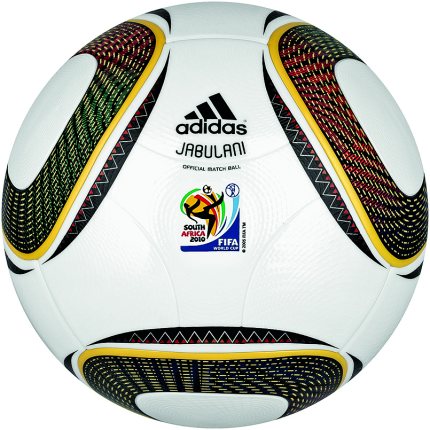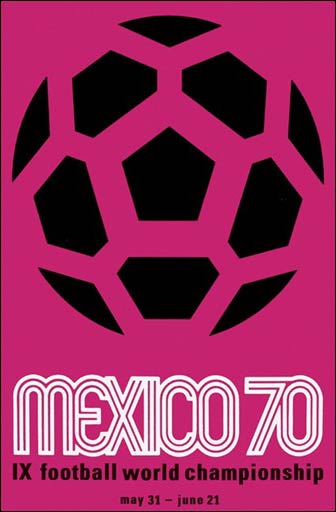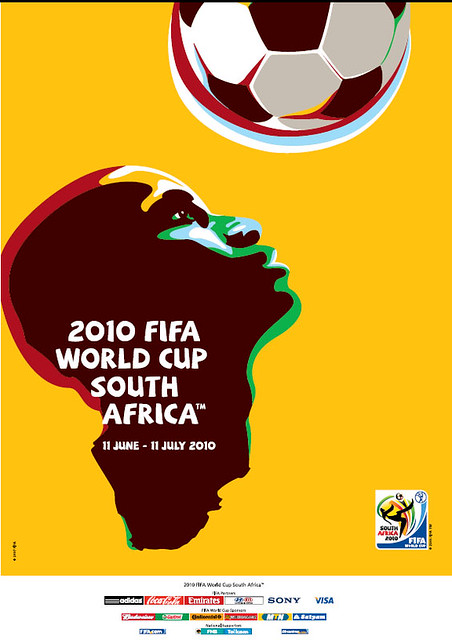ADIDAS TELSTAR
1970 MEXICO
The first white football ever to be decorated with black pentagons. Mexico 1970 was the first live televised FIFA World Cup and the revolutionary design of Telstar (the name derives from Star of Televisyen) made the ball far more visible on black and white television. Until this day, the Adidas Telstar remains the archetype of all generic footballs.
ADIDAS TELSTAR / CHILE
1974 GERMANY
Two Adidas match balls were used for Germany 1974. Telstar made a repeat appearance with new black branding replacing the previously gold branding. And, building on the success of the Adidas Telstar, Adidas introduced a new all-white version named Adidas Chile (after an all-white ball usec at Chile 62). The materials used were identical.
1978 ARGENTINA
Once again Adidas had created what would become a football design classic. Twenty panels with ‘triads’ created an optical impression of 12 identical circles. For the following five World Cups the ball was based on this design. Tango featured improved weather resistance qualities and took its inspiration from the deep passion, emotion and elegance of Argentina.
1982 SPAIN
The initial Tango from 1978 was only altered slightly in 1982. However, The Tango Espana did feature a major technological innovation. The Tango Espana still made of leather, featured evolutionary waterproof sealed seams. This dramatically reduced the balls water absorption, thus minimizing weight increase during wet conditions.
1986 MEXICO
The first ever synthetic FIFA World Cup Match Ball. The use of synthetic material increased its durability and further minimized water absorption. With its unheard of performance on hard ground, at high altitude, and in wet conditions. Adidas Azteca represented a massive leap forward. Its design was inspired by the hosting nation’s native Aztec architecture and murals.
1990 ITALY
The Etrusco Unico evolved the use of synthetic materials further, being the first ever ball to contain an internal layer of black polyurethane foam, making Etrusco Unico fully water-resistant, more lively and faster than ever. The name and design aimed a nod at Italy’s ancient history. Three Etruscan lion heads decorate each of the 20 Tango triads.

ADIDAS QUESTRA
1994 USA
In 1994 Adidas introduced the first Match Ball featuring a high tech, ultra high energy return layer of white polyethylene foam. It basically made the ball softer to the touch (more controllable) and much faster off the foot for more speed. Inspired by space technology, high velocity rockets and America’s ‘quest for the stars’. Questra set new performance standard.
1998 FRANCE
Adidas Tricolore was the first ever multi-coloured Match Ball. France’s flag and national colours (The Tricolore) and the cockerel the traditional symbol of the French nation and Football Federation. Inspired the ball’s name and design. This was to be the last of the Match Balls to utillise the beautiful Tango triad design concept.

ADIDAS FEVERNOVA
2002 KOREA / JAPAN
The Adidas Fevernova revolutionary look and colour usage was entirely based on Asian culture. The Fevernova featured a refined syntactic foam layer to give the ball superior performance characteristics and three-layer knitted chassis allowing for a more precise and predictable flight path every time. A huge aesthetic sidestep from its forebears.
2006 GERMANY
Introduced a radically new 14-panel configuration, forming a smooth and perfectly round exterior allowing players significant improvements in accuracy and control. It’s designed in white and black the traditional colours of the German national team and accentuated with the gold of the FIFA World Cup trophy. Its name is a nod to team spirit.
2010 SOUTH AFRICA
Using revolutionary ‘Grip’n’Groove’ technology, the ball is covered in small aero grooves that provide unmatched flight characteristics making this the most stable and most accurate Adidas ball ever. The ball’s design was created to lend the ball a unique appearance in African spirit. Like the outer façade of Johannesburg’s Soccer City Stadium, a good addition to the squad.
























